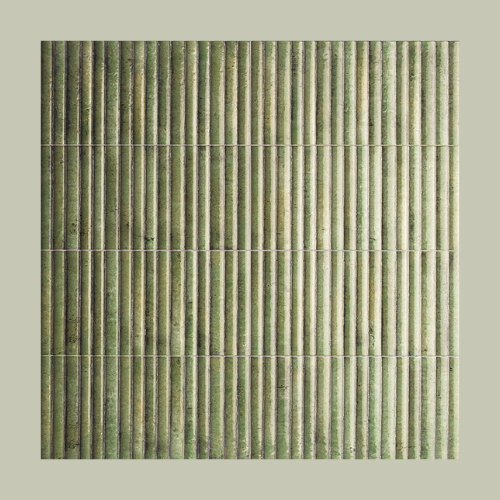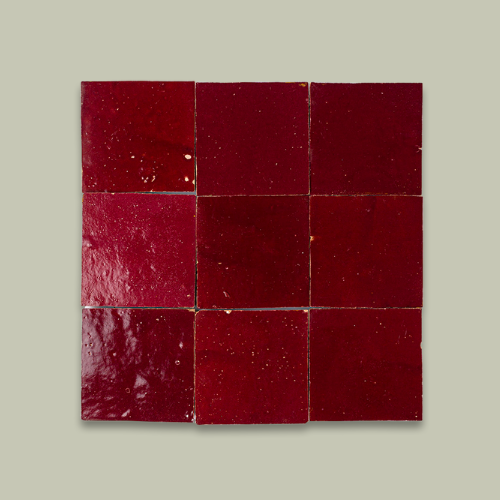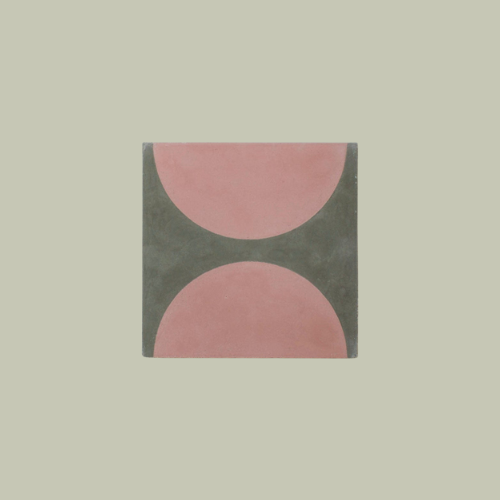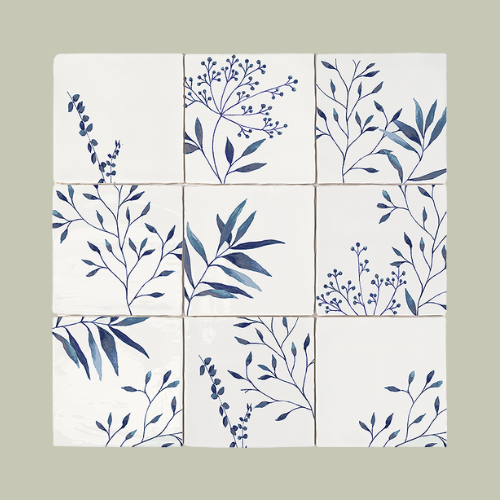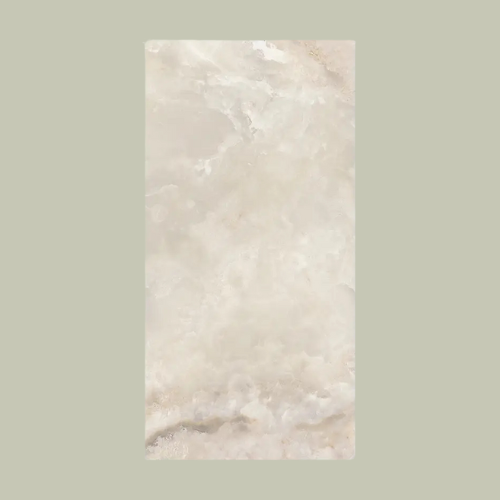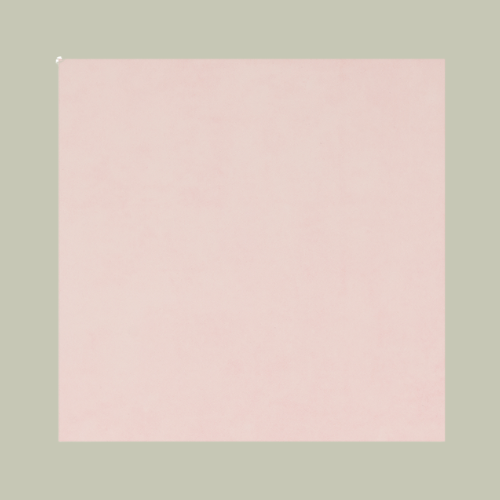5 Bathroom Backsplash Materials Designers Tend to Avoid for Practical Reasons — And What They're Choosing Instead When Renovating
The best bathroom backsplash is as practical as it is beautiful, and these are the materials that don't meet those standards

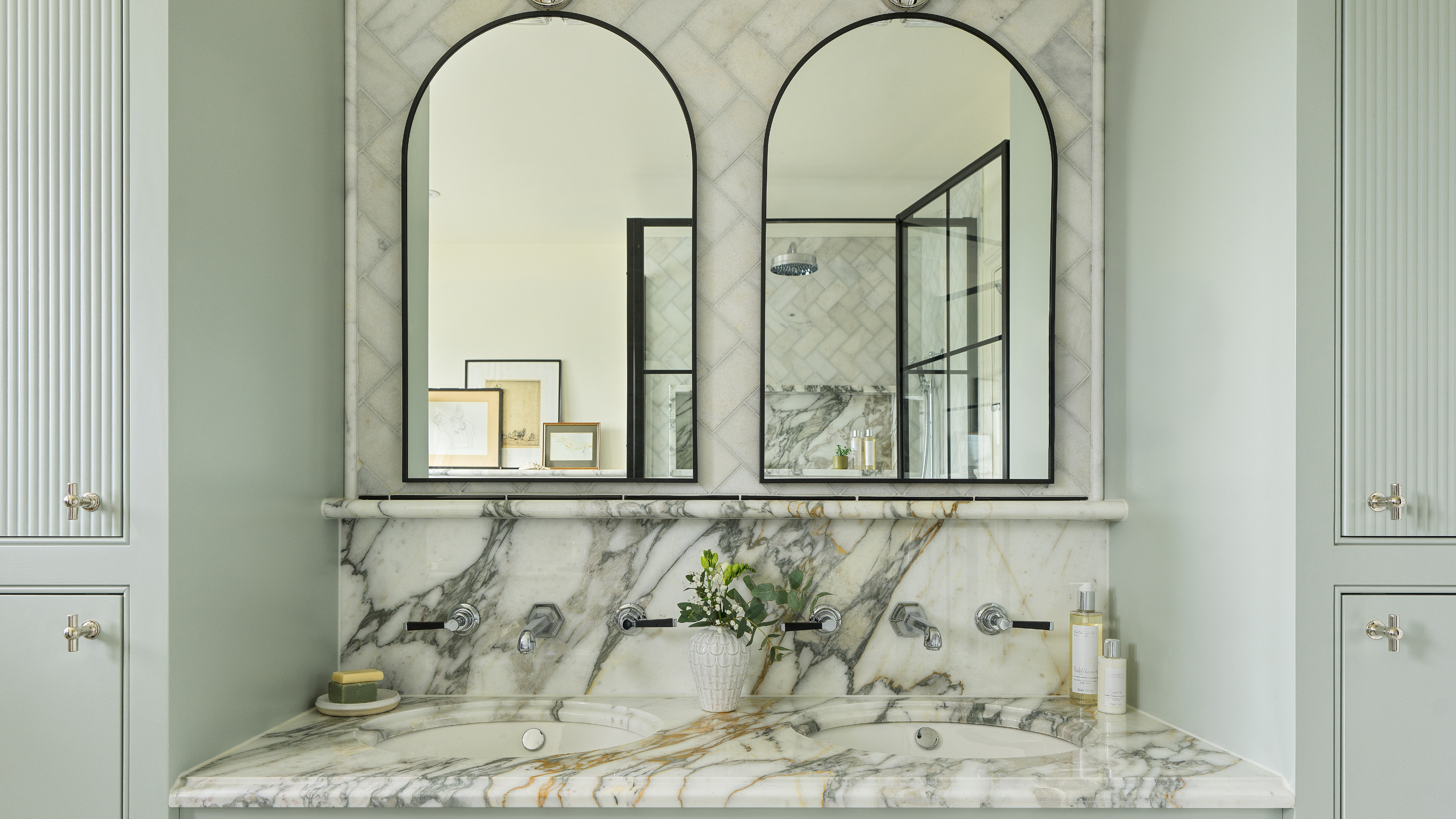
Finding the right balance between form and function is perhaps the most preeminent battle when designing a home, and nowhere is that clearer than within the bathroom. While in the living room and bedroom, you have the space and freedom to let your creativity run wild, you're not granted this same luxury when it comes to decorating a bathroom.
The bathroom has a functional role to fulfill, and has to be designed accordingly. Yet, so often, the bathrooms we lust over on social media don't seem to get that memo. And the sheer number of beautiful, but completely impractical bathroom backsplash ideas I see plastered on Pinterest and Instagram is quite frankly astounding.
Of course, every element of your bathroom design should be selected with practicality in mind, but this is especially true of your backsplash. It's easy to forget, but the whole point of a backsplash is to protect your bathroom from any splashes and spills, so choosing a material that is not durable enough to withstand these daily inevitabilities is a mistake you'll be sure to regret. So, I turned to the experts to set things straight. And not only did they tell me about the backsplash materials to avoid at all costs, but they've also let me in on what should be used in their place.
Let's get into it.
1. Mosaic Tiling
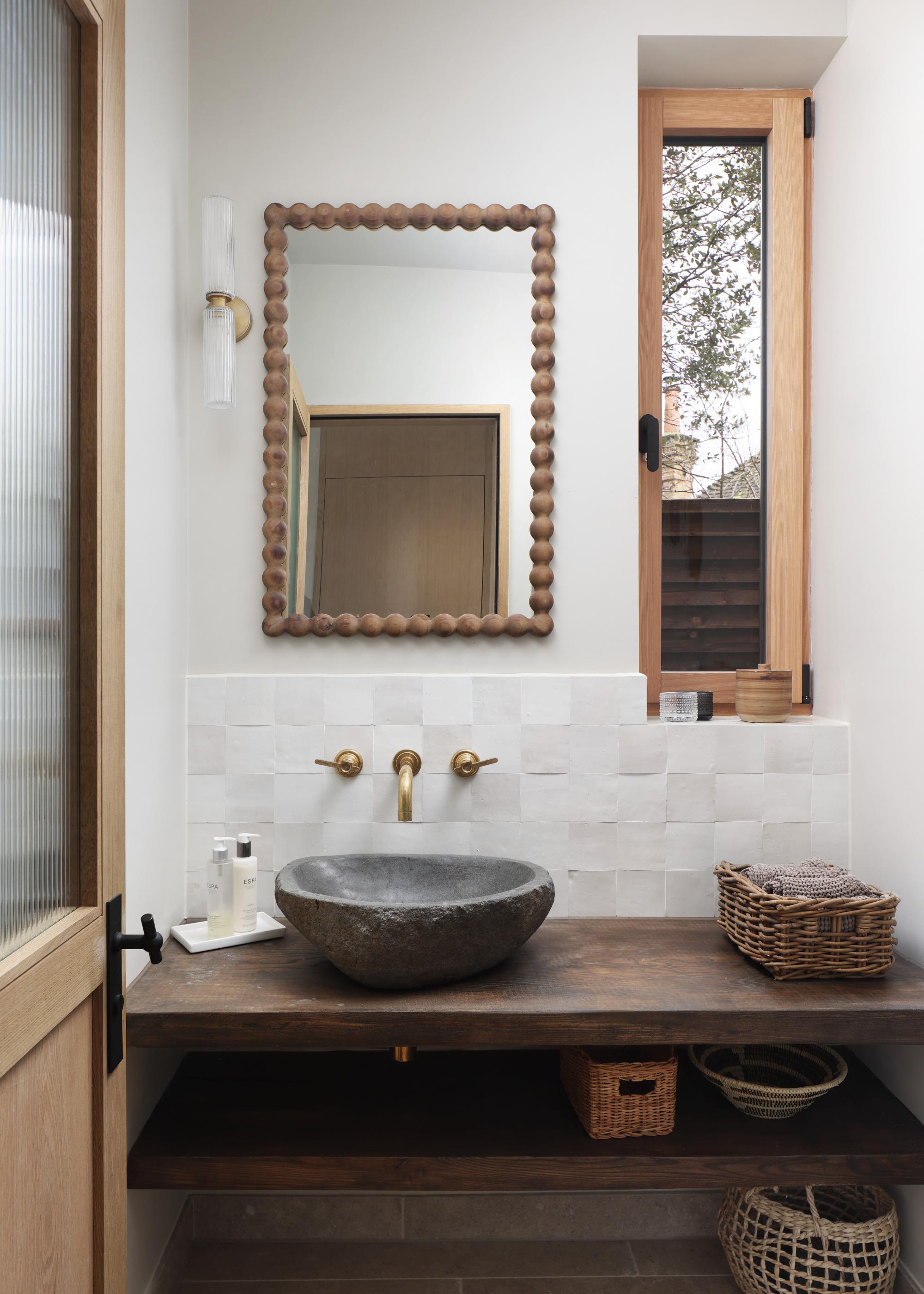
Over the past year, mosaic tiling has become increasingly popular, not just in bathrooms, but across the home. It opens the possibility for character building within your home, especially with bathroom trends, like the unswept floor trend. However, this is not to say that this style is without its faults.
A large part of the appeal of mosaic tiling is its precise, detailed nature and finish, but this precision can also lead to issues. Smaller tiles mean more grout, and more grout, more often than not, means more trouble. Grazzie Wilson, head of creative at Ca’ Pietra, says, "Textured mosaics can also be higher maintenance because of the additional grout lines, which are more prone to marking if not properly sealed."
Grout lines are notoriously difficult to clean and prone to discoloration and staining, which can leave your bathroom looking tired in a matter of months.
The Livingetc newsletters are your inside source for what’s shaping interiors now - and what’s next. Discover trend forecasts, smart style ideas, and curated shopping inspiration that brings design to life. Subscribe today and stay ahead of the curve.
"That does not mean decorative or handmade tiles should be ruled out," explains Grazzie. "When glazed and installed with care, they are an excellent choice behind a basin or bath, bringing depth, variation, and a crafted finish to the space. The key is choosing the right glaze or sealant for the setting, ensuring that the surface repels water and can be wiped clean without fuss."
2. Matte Plasters
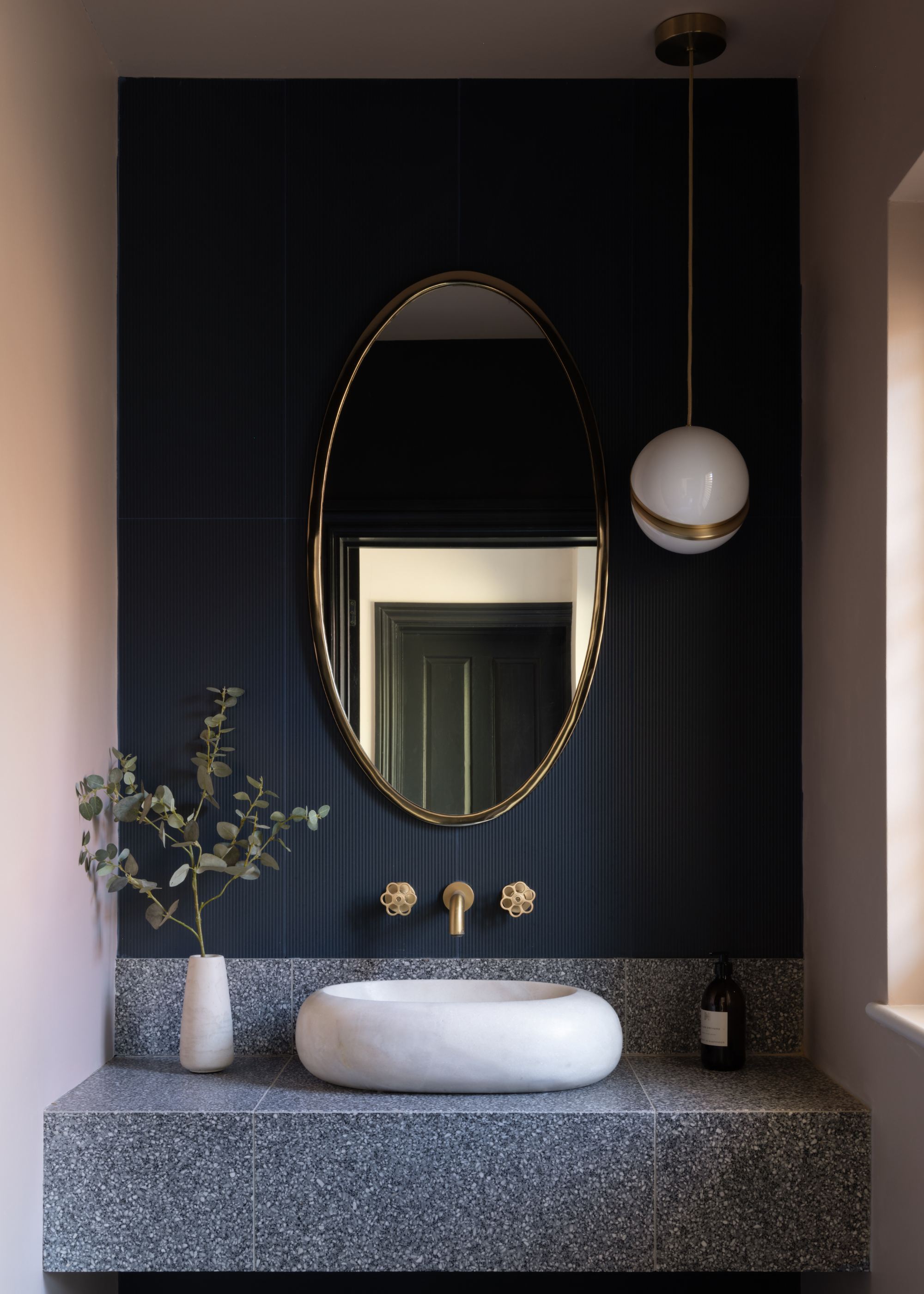
With the rising interest in earthy color palettes and rich, textural designs, it's unsurprising that plaster finishes have become the go-to paint look in any trendy, modern bathroom.
And while this mottled, imperfect look certainly appeals to our current design sensibilities, this doesn't necessarily mean it's the most practical decision.
Although you may be able to get away with using this finish in other areas of your home, your bathroom backsplash may not be the best place to try it out. As Louise Ashdown, head of design at West One Bathrooms, explains, “Backsplashes tend to sit at eye level, which means their finish has a big impact on how the bathroom feels day to day."
Not only does this positioning mean marks and stains are more noticeable, but it also more at risk for these stains in the first place. A backsplash is designed to protect your walls against the inevitable splashes and spills from your sink, so your backsplash material should be well-suited to this responsibility.
"Practicality here is not only about cleaning but also about how the surface performs under lighting and humidity. Matt plasters can darken or streak with repeated splashes, while open textures trap water that is difficult to remove, particularly in smaller spaces without strong ventilation. Over time, that can compromise both the appearance and hygiene of the area," says Louise.
Long regarded as Europe’s most illustrious and innovative supplier of bespoke luxury bathrooms, West One Bathrooms Ltd offers an industry-renowned tailored sales and design service providing an end-to-end solution. Established in London in 1978, West One Bathrooms remains family-run and their experience in the industry allows for outstanding guidance and sourcing for the most beautiful bathrooms worldwide
3. Unsealed Natural Stone
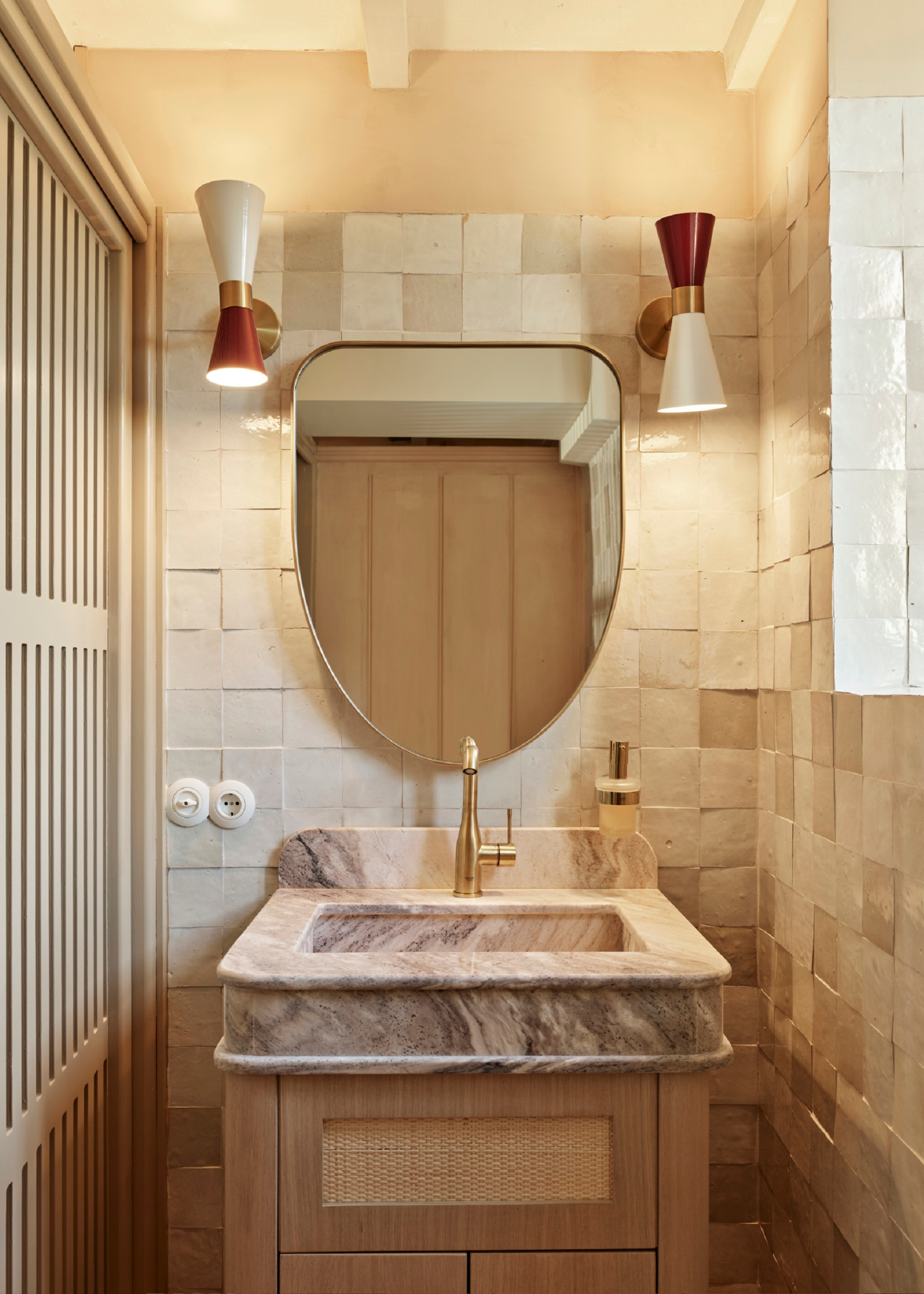
By far the most desirable, yet also the most difficult bathroom material of them all — the ever-elusive marble backsplash. It's undeniably luxurious, the true marker of a spa bathroom, but be prepared for the wealth of problems it can present.
And the experts are unanimous on the topic. Damla Turgut, founder of Otto Tiles, says, "I’d avoid untreated natural stone such as travertine or marble, whether honed or polished."
There's no denying that these natural stones look striking when first installed, but as Damla tells me, "Whilst they're incredibly beautiful, they’re porous, prone to staining and water damage, and can be easily etched by skincare and haircare bottles, acidic or abrasive cleaners."
Although the right sealant and proper maintenance can help minimize these issues, for the most part, they're essentially unavoidable. And unless you enjoy having to tiptoe around your bathroom, a marble backsplash is best left on the pages of magazines.
4. Terracotta

It might seem obvious that a good bathroom backsplash material should be water-resistant, but many uber-popular options are ill-equipped for standing up against the constant exposure to moisture.
So, unsurprisingly, these are the very materials our experts tend to stay away from. "The least practical backsplashes are those made from materials that simply are not suited to constant moisture and daily use," says Grazzie. "Surfaces like terracotta are naturally porous, meaning they can absorb water, toothpaste, or soap residue, leading to dull patches and discoloration over time."
The porosity of the type of bathroom tile is the determining factor for how well suited it will be for your bathroom. The more open the structure of your material, the more porous and soft clays like terracotta are particularly liable to water absorption.
Damla echoes this point and says, "I’d also steer clear of unglazed or unsealed tiles such as naturally terracotta zellige and bejmat, as they’ll absorb moisture and discolor over time in a humid bathroom environment."
5. Natural Wood

There's a special cozy, cabin-like appeal to the dark, wood bathroom. It feels very Swiss Alps, very chic, and very impractical.
"The area around the basin in particular needs to deal with a lot of water being splashed around, so for practical reasons, materials that do not respond well to water exposure, such as untreated or natural woods, are best avoided," comments Benjamin Peak, creative director at Varied Forms.
Much like natural stones, untreated wood is a very porous material and is liable to warping or even rotting after continued exposure to water.
Shop for Your Backsplash
Knowing the right material to choose is only one part of achieving the perfect bathroom. It's also crucial to understand how to get the right balance of tiles in a bathroom — it's not as simple as you may think.

Maya Glantz is a Design Writer at Livingetc, covering all things bathrooms and kitchens. Her background in Art History informed her love of the aesthetic world, and she believes in the importance of finding beauty in the everyday. She recently graduated from City University with a Masters Degree in Magazine Journalism, during which she gained experience writing for various publications, including the Evening Standard. A lover of mid-century style, she can be found endlessly adding to her dream home Pinterest board.
